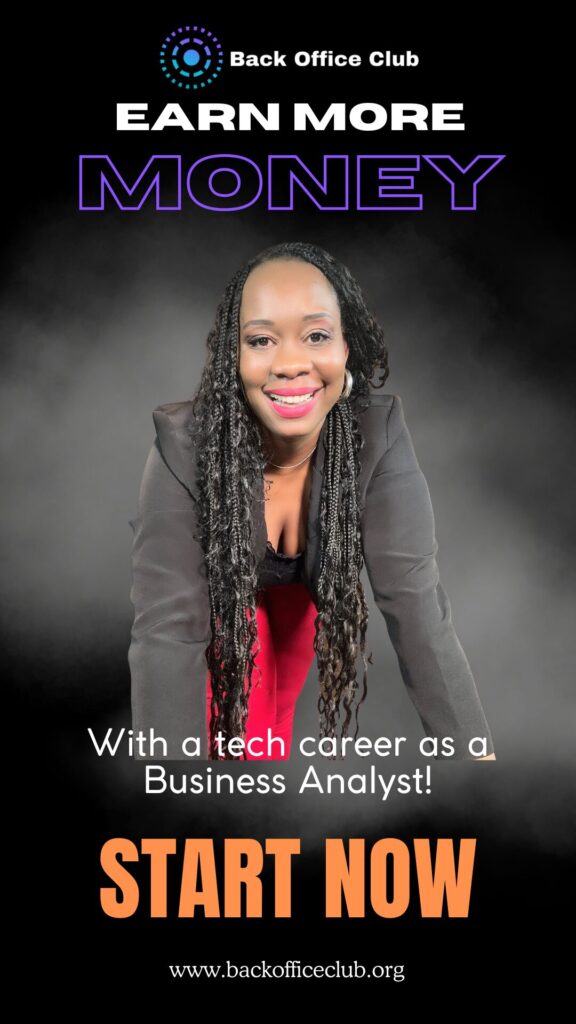Top Business Analysis Techniques for Effective Decision-Making
Business analysis is a critical discipline that helps organizations identify problems, evaluate opportunities, and implement solutions that drive success. By leveraging structured techniques, Business Analysts (BAs) can ensure well-informed decision-making, stakeholder alignment, and efficient project execution.
In this article, we explore the most powerful business analysis techniques that professionals use to gather requirements, analyze data, and optimize business processes.
If you are new to the business analysis field, you can check out my article on what is business analysis. Also check out the article on business analysis tools.
Side note: Don’t worry about mastering every technique in this list, it is a skill you will be continually refining throughout your business analyst career.
Types of business analyst techniques
There are several business analysis techniques to choose from. This is not an exhaustive list but rather the most common techniques you will need to use in your daily role as a business analyst. These are:
- Process Walkthroughs
- Observations
- Document reviews
- Interviews
- Brainstorming
- Business Modelling
- Swot Analysis
Of course there are many other techniques but these are a must have in your business analysis toolkit especially for new BAs. You can find other techniques in the Guide to the Business Analysis Body of Knowledge ( BABOK). Another great resource is the book Business analysis techniques: 99 essential tools for success by Debra Paul, James Cradle, Paul Turner.
So let’s dive into these business analysis techniques:
Process Walkthroughs and Observations
This is the technique to help you understand the current process from the perspective of the stakeholder or person directly involved. This can be a physical walkthrough of the steps involved in the process or it can just be a conversation with someone who can tell you about the process. The aim here is to simply actively listen and let them explain to you how it all works. No solutions should be attempted at this stage. You just want to understand what the current process is.

Observations sometimes go hand in hand with process walkthroughs. Observations are usually just to see the process in action. Your aim during the observation is to watch and learn. Make note of any anomalies as relevant questions but do not distract from the process. Do not talk about solutions or dwell too much on future improvements. Look at what is being done as is.
Say for example if your project was to improve the wait time at the check-in counter at a hotel. You could potentially speak with the guest relationship manager who can show you what happens when a hotel guest needs to check in. They can show an agent in the process of checking in, show you how any anomalies are handled, show you how the keys are distributed and show you how the guest is checked out, etc… This would be a great way for you to understand the current process and incorporate the process walkthrough along with the observation.
Document Reviews
Document reviews are always a great technique for business analysts. Though process walkthroughs and observations are great, you may not always have the opportunity to do this. This could be because it is difficult to gain access to the resources that can help you in that way so this is where documentation is very useful. Or sometimes just for your own understanding you may find it better to review the documents first even when you do have the opportunity to do process reviews and observations.
Say for example your project is to customize the company’s sales report from their current CRM system, you might first want to read the documentation on the values that the current report pulls from , look at sample reports that were pulled and read the documentation on how the reports are generated in the system. This also helps you to learn the jargon and the terms that you might have heard mentioned from the SMEs.
Interviews
Interviews are a must-have technique for all business analysts. The trick with interviews is to listen a lot. Knowing when to get clarification and what questions to ask is key. This is a skill that only gets better the more practiced. Interviews over the phones are fine but if you are in the same location then try to meet face to face. An interview does not have to seem like an interview, you do not have to make it all formal and stiff-necked. You can do an interview of course in a meeting or board room but also in the lunch room, by the office lobby, by the cooler…it doesn’t matter! What matters is using the right technique to get the information. The interview could be a series of long thought-provoking questions in which case you want your interviewee to be seated and comfortable, or it could be just a few short answer questions that you can anywhere even in a hallway. It takes some skill to know when to use which interview skill, how to do it – and with whom, but this is something you will refine over time. Don’t worry.
Brainstorming
Brainstorming is more appropriate when coming up with new ideas, new processes or new functionalities. Brainstorming can be a one person activity but obviously you can get more ideas the more people who participate. If you do run a brainstorming session with a group, make sure it has people who can add value and make sure to stay on topic.
Get this cryptex gift holder on Amazon
Business Modelling
Business modelling is another great business analysis technique. Business modelling can include modelling the current business problem your project is addressing as well as modelling the future state solution the project will implement. Business modelling includes creating diagrams including organization structures, of business process flows or of system diagrams etc… It is a technique to help visualize the problem domain and help get a better picture of the problem or solution.
There are a number of business analysis tools that go together with these techniques. You can check them out in the article Cool Tools for Business Analysts.
So that’s my take on the common business analysis techniques. Hope you can use some of it in your next project!












